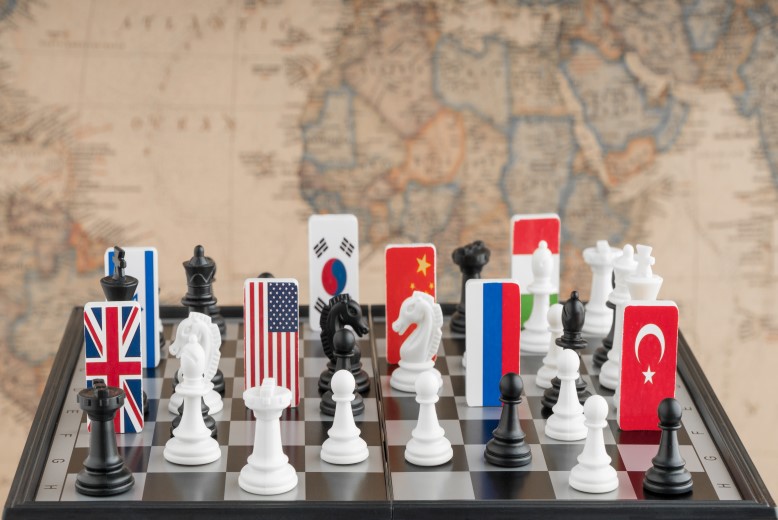“The only constant in life is change”-Heraclitus.
We’re stuck replaying the Cold War when history’s older wars—like the Thirty Years’ War or Warring States—hold the real clues to today’s multipolar mess.
Multipolar world
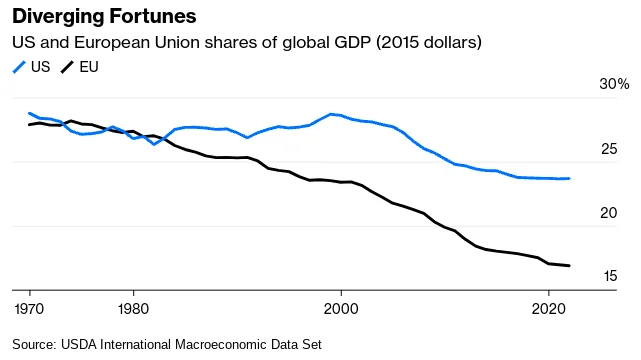
And zoomed out a bit
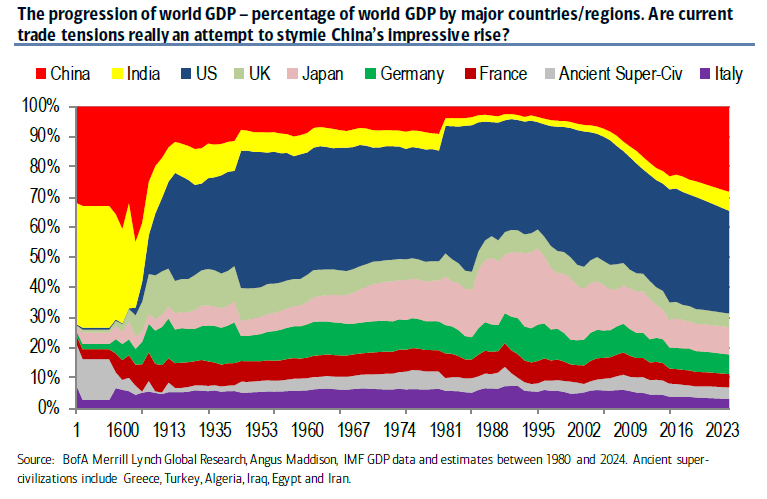
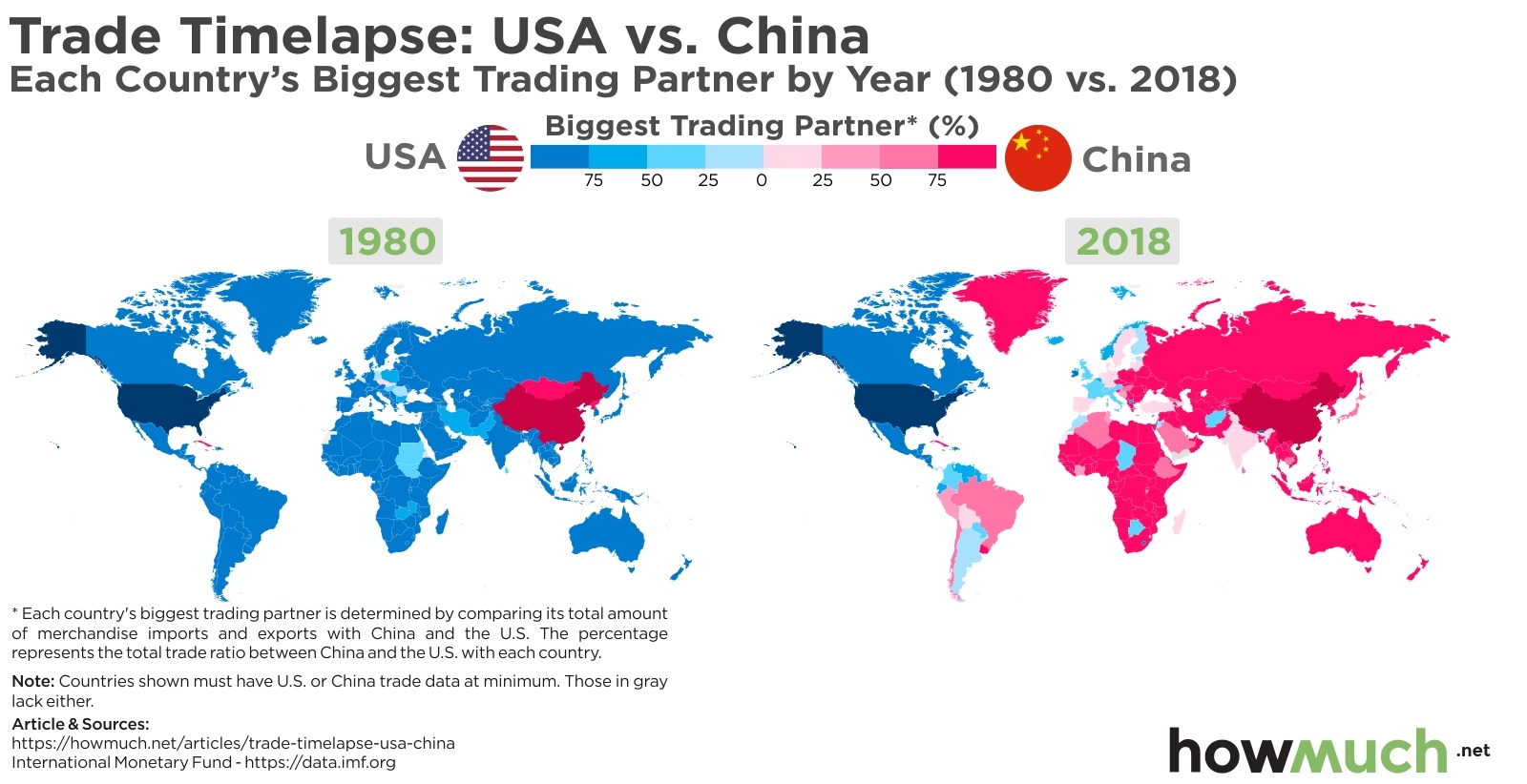
Are we in a multi-polar or bipolar world between US and China? Or are we in a mix, a bipolar core with two strong sides, and a multipolar fringe? Or are we shifting from uni-polar to bipolar to multipolar? For a multipolar world, the following analysis is helpful.
Recency Bias Interpretation of History
I believe there is an overemphasis in our society of comparing conflicts of today with the most recent conflicts we’ve had (recency bias), which mostly includes the last 100 years – WW1, WW2, and Cold Wars. This usually compares scenarios and frames it as the rise of communism, democracies vs authoritarians and fascism, and the cold war – centralised vs democratic planning. While this can definitely give us insights, but like a chess game, it’s much better to learn as many games and scenarios as possible. It’s a mistake to only include recent history.
Wider Lens of Multipolar Conflicts
Here are a few conflicts that should be taken into account, and compared, more accurately with the conflicts and situation of today, and that can give more angles at which to look at it. Looking at events with a different lens, can lead to completely different outcomes.
Some of the similar times in history I would like to compare and frame it with are:
– The 30 Year War in Europe – 1618 and 1648
– The warring states period in China – 476 BC
30 Year War
Why is this a good comparison?
-
Gutenberg’s printing press in the 1440s can be compared to the rise of Social media now in how people are educated about the world and how information spreads
- It was a time of multipolarity – with great powers, and smaller city states. There were over 300 entities including the city states of the Holy Roman Empire, which makes it quite similar to today.
- Proxy wars and shifting alliances – much of the central conflicts were fueled and funded by outside powers. The ottoman, Spanish, French, Swedish powers, for example, and neutral powers who avoided the conflict themselves.
- It was a mixture being part power politics, part ideological – between protestants and catholics
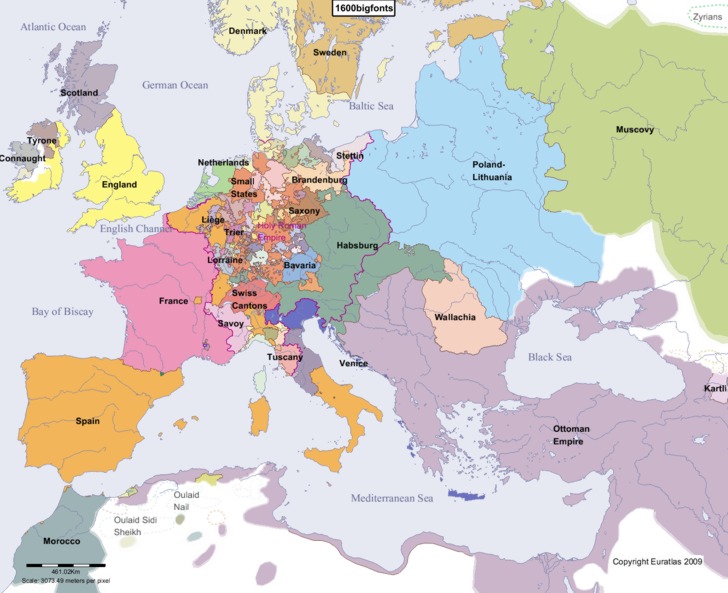
- Following the war we had the peace of Westphalia. It was resolved when there was a ‘balance of power’ and they didn’t want to fight anymore. They decided to respect the borders of countries and modern nations were formed.
- The losers were the places where the fighting happened, the holy roman empire, and those that were over-extended – such as the Spanish – who saw their empire decline.
- The big winners of this conflict were French, Netherlands, British, and neutral states such as venice. They avoided wars, and won more on economics.
The return of proxy-wars
- We are living in a similar time today with rising and falling powers. The great forces avoid confrontation directly, and instead fund proxy wars. Examples can be seen in Ukraine, and Sudan, and Syria.
Warring States Period
- The warring states period is a time of great turmoil in China.
- It was mostly framed as conficianism vs legalism. Ideals vs Pragmatism. The centralised organised nature of the legalist states won because it was more effective.
- The winning side united the warring states.
What about today?
- It’s possible that we will see a rise in proxy-wars that might be prolonged, funded by many different sides, who then avoid escalation because of the risks.
- It is less about economics of scale, but more about economics of efficiency – we might see the rise of neutral states such as Singapore, UAE, and more, around the world. Neutral states or lean operators are more likely to come out again. If the economics is not sustainable for one, that side is losing.
- It is not an ideological battle between democracies and authoritarian communism, but we are in era of pragmatism vs idealism. Rather than being good vs evil, whichever side is stronger is likely to win, and whichever ideology brings the most benefits.
- It will end when some sides have an obvious advantage – it is more of an economic battle.
It would end when there is some kind of resolution to the shifts that are happening. When states that utilise and see an advantage in using technology, use that, and outcompete others. When sustainable, when alliances are formed and a balance of power is reached.
What are some of the unsustainable issues of today? That need to be resolved:
– Unsustainable social security system of western democracies with rising elderly and shrinking workforce and entitlement Vs developing countries and those who are leaner and more productive.
– Debt vs profit
– Energy sovereignty and power
– Use of technology to achieve outcomes, and declining importance of labour and shifting middle class
– The importance of whoever uses the new technology and is more innovative
– Whether there is an advantage in being a large or smaller country – which system works better
